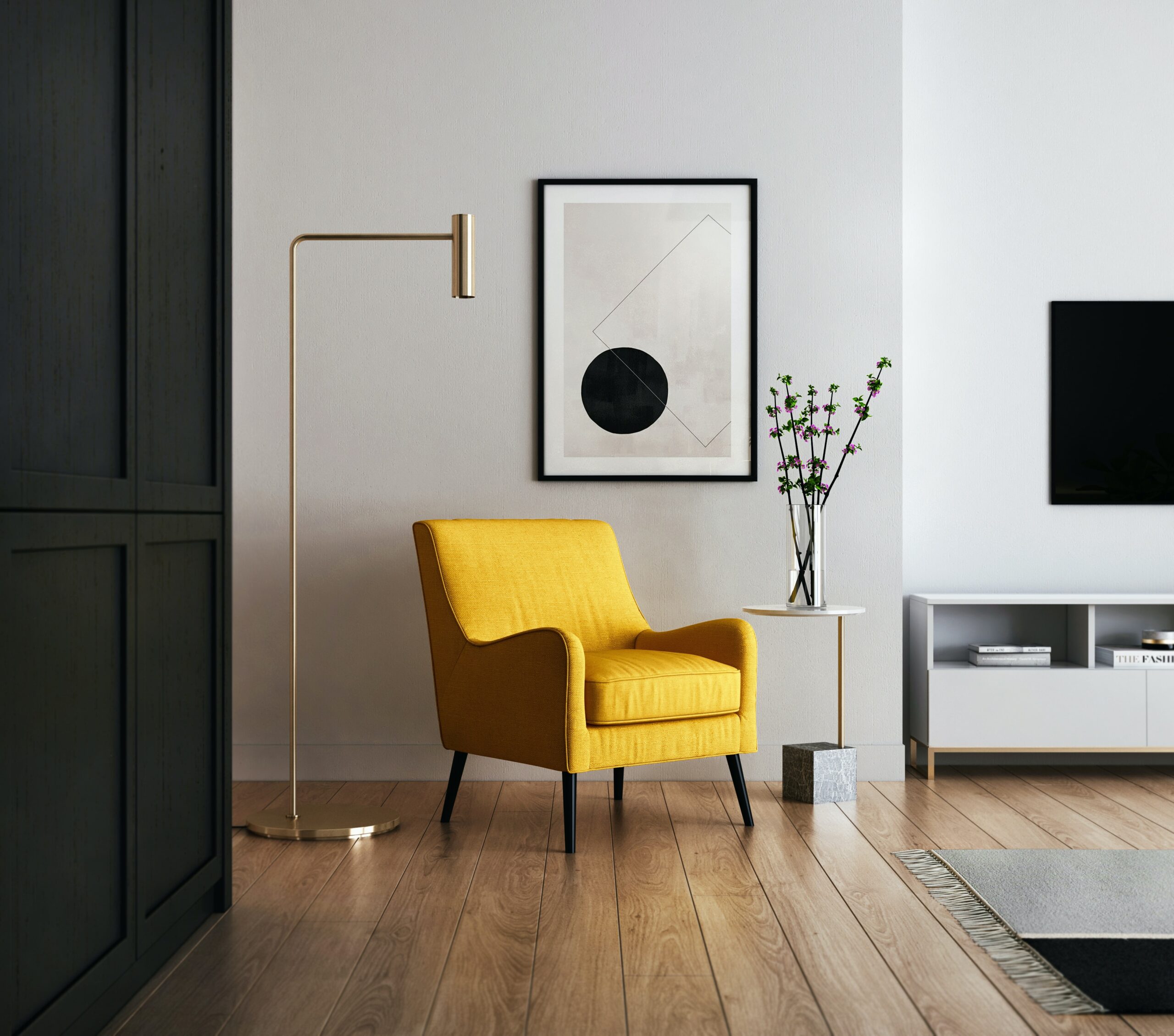[vc_row][vc_column][vc_column_text]
Embarking on a career in interior design is a journey that often begins with the decision to pursue formal education. As aspiring designers explore the landscape of academic programs, a pertinent question surfaces: Is an entrance exam necessary for interior design? Let’s delve into the nuances of this admission requirement.
1. Program-Specific Requirements: Whether an entrance exam is necessary depends on the specific interior design program and the policies of the educational institution offering it. Some programs mandate entrance exams as part of the selection process, while others may rely on alternative evaluation methods.
2. Assessing Aptitude and Creativity: Entrance exams for interior design programs typically aim to assess the aptitude and creative potential of prospective students. These exams often include components that evaluate spatial awareness, design thinking, drawing skills, and an individual’s ability to translate ideas into visual representations.
3. Common Entrance Exams: Several standardized entrance exams are recognized by interior design programs. The National Institute of Fashion Technology (NIFT) Entrance Exam, Common Entrance Examination for Design (CEED), and the Design Aptitude Test (DAT) are examples of widely accepted exams for design-related programs.
4. Portfolio Evaluation as an Alternative: In some cases, institutions may place greater emphasis on portfolio evaluation rather than a specific entrance exam. A strong portfolio showcasing a candidate’s design projects, creativity, and skills can serve as a compelling alternative for assessing suitability for the program.
5. Academic Qualifications: Apart from entrance exams and portfolios, academic qualifications play a pivotal role in the admission process. Meeting the minimum educational requirements, such as a relevant bachelor’s degree, is often a prerequisite for consideration.
6. Industry Experience Consideration: Certain interior design programs may consider professional experience in the industry as a valuable asset. This is particularly relevant for individuals seeking advanced degrees who bring practical insights and a nuanced understanding of the field.
7. Varied Evaluation Methods: Recognizing the diverse backgrounds and strengths of applicants, institutions adopt varied evaluation methods. Some programs may conduct personal interviews, group discussions, or additional assessments to gauge a candidate’s holistic potential.
8. Real-world Problem Solving: Entrance exams often incorporate components that require candidates to tackle real-world design problems. This approach assesses an individual’s problem-solving skills, adaptability, and capacity to think critically in scenarios relevant to the interior design profession.
9. International and Regional Variances: The necessity of entrance exams can vary not only between countries but also among institutions within a region. Prospective students should carefully review the admission requirements of the specific programs they are interested in, considering both international and regional variances.
10. Preparation and Practice: For programs that do require entrance exams, adequate preparation and practice are key. Familiarizing oneself with the exam format, honing drawing and design skills, and practicing problem-solving scenarios can contribute to a confident and successful performance.
11. Evolving Admission Trends: Admission trends in interior design programs may evolve over time. As the field embraces advancements and new methodologies, institutions may adjust their evaluation criteria to align with emerging trends in design education.
12. Comprehensive Application: Regardless of the presence of an entrance exam, a comprehensive application that includes academic transcripts, a well-curated portfolio, letters of recommendation, and a compelling statement of purpose strengthens the candidacy of an aspiring interior design student.
Conclusion: In the realm of interior design education, the necessity of entrance exams is contingent on the specific requirements of each program. Aspiring designers should meticulously research the admission criteria of the institutions they are interested in, preparing accordingly to showcase their aptitude, creativity, and commitment to the field. Whether through standardized exams or alternative assessment methods, the goal remains the same: to identify and nurture the next generation of innovative and skilled interior designers.
[/vc_column_text][vc_empty_space][vc_gallery type=”image_grid” images=”10876,10873,10869,10866,10863,10860,10854,10851,10825,10822,10813,10780,10703,10696,10694,10714,10712,10630,10626,10606,10609″ img_size=”300×300″][vc_empty_space][vc_column_text]Useful links | Interior Design | Interior Design company in Delhi NCR | Interior Design Cost in Gurgaon | Low budget interior designer in Gurgaon | Interior Design Firm | Interior Designer Ideas | Interior Designer in Noida Extension | Interior A to Z | Interior Designer in Gurgaon[/vc_column_text][vc_empty_space][vc_empty_space][vc_pinterest][vc_empty_space][vc_empty_space][vc_tweetmeme][vc_empty_space][/vc_column][/vc_row]
